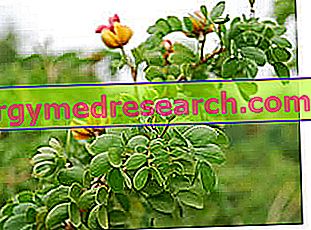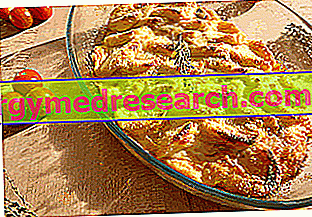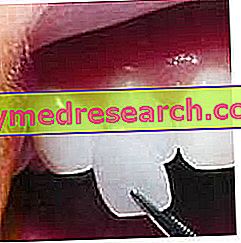This article aims to help the reader in the rapid identification of natural remedies useful in the treatment of various symptoms, disorders and pathologies. For some of the listed remedies, this utility may not have been confirmed by sufficient experimental tests conducted with a scientific method. Furthermore, any natural remedy presents potential risks and contraindications.
If available, we therefore recommend that you click on the link corresponding to the individual remedy to learn more about the topic. In any case, we remind you of the importance of avoiding self-treatment and to consult your doctor beforehand to ascertain the absence of contraindications and drug interactions.

Those that are commonly called small rolls in jargon are accumulations of subcutaneous adipose tissue located at the abdominal level, made evident by the presence of fat folds mainly related to postural factors. When we sit down, in fact, the skin of the abdomen relaxes, putting more light into the fat rolls, while when we are in an upright position, the tension of the skin makes the blemish less evident. Even the force of gravity, which attracts fabrics downwards, aging and sudden and consistent weight loss, accentuate the problem of the rolls.
Abdominal roll adiposity is more common in the female sex (gynoid obesity), while in the male abdominal fat is more concentrated in the visceral area (which tends to make the abdomen look globular).
To solve the problem of the rolls, the herbal medicine can help us with slimming products to be taken mainly by os, but also to be applied topically to the abdominal level.
In case of severe weight loss, we recommend: local application of moisturizing and antioxidant creams + hyaluronic acid + protein supplementation and muscle-building exercises to compensate for the loss of fat with muscle tissue and to avoid the "loose skin" phenomenon.
Medicinal plants and supplements useful in the treatment of small rolls
Korean pine, pinolenic acid, gymnema, green tea, black tea, fiber supplements (bran, guar and guar gum, xanthan, karaya gum, psyllium, psyllium seeds, agar agar, glucomannan, pectin, carrageenan, Konjac flour, algina and alginic acid, carrageenan, guggul), Bitter orange, Guaranà, matè, Ginseng, ephedrine, Cola, Sinefrina, Garcinia cambogia.
For topical use, creams containing phosphatidylcholine, caffeine (and extracts of plants that are rich in them), iodine (and algae that are rich in them), chilli (and other rubefacient extracts), capillarotropic extracts and active ingredients ( centella, ivy, hesperidin, horse-chestnut, butcher's broom, rue ...).



